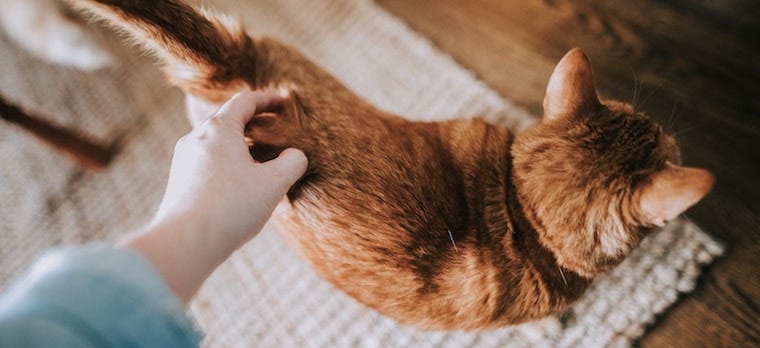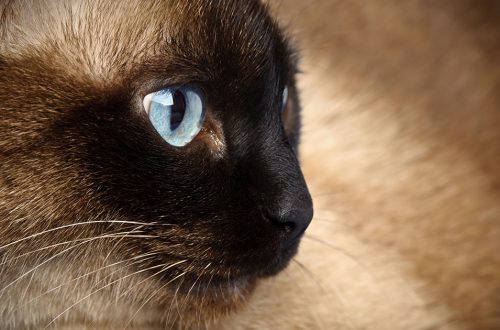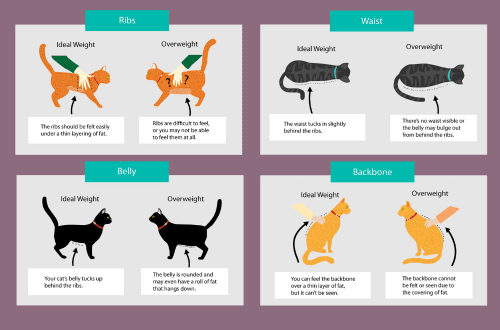
Хиперестезија код мачака
Hyperesthesia is a syndrome characterized by increased sensitivity of a certain area of the body of an animal or person, accompanied by a change in behavior. Most often, young cats under the age of one year or a little older suffer from this problem. In this article, we will talk about how hyperesthesia manifests itself and how you can help a cat.
Узроци хиперестезије
The question of the causes of hyperesthesia in cats remains open today. Predisposing factors are stress, diseases of the nervous system, and other conditions that cause itching or pain. In some individuals, diseases of the musculoskeletal system, dermatological pathologies, cognitive dysfunction, neoplastic processes, parasitic and infectious diseases are additionally noted. There is no breed or gender predisposition.
Manifestation of hyperesthesia and associated symptoms
- Анксиозност, нервоза
- Self-traumatization
- The appearance of wounds on the body due to trauma. The sides, paws, tip and base of the tail are most often affected.
- Twitching of the muscles or skin, mainly on the shoulders, back and at the base of the tail, sometimes aggravated by touching the back
- The cat may suddenly jump or run
- Increased nervous licking, biting, scratching, washing
- Shaking paws, ears, twitching tail
- obsessive states
- Growling, hissing, or displeased meowing for no apparent reason
- Aggression towards others, people and animals, for no reason from the outside
- The behavior may be similar to the state during estrus, but in fact it is absent
Dijagnostika
Diagnosis in this situation will be quite voluminous, since hyperesthesia is an exception diagnosis. After a conversation with a doctor, an examination takes place, during which dermatological problems such as aphanipterosis, flea allergic dermatitis, pyoderma and other conditions accompanied by itching are excluded. If no problems are identified at this stage, it is recommended to take a general clinical and biochemical blood test, exclude infections such as toxoplasmosis, viral leukemia and immunodeficiency. You will also need an examination by an orthopedist and a neurologist, using special diagnostic tests. Based on the results, the doctor may prescribe an x-ray and ultrasound, computed or magnetic resonance imaging, as well as a study of cerebrospinal fluid. Naturally, all these manipulations are carried out with the consent of the owner. And if the owner of the cat is against, then a trial, empirical treatment can be prescribed, which is aimed at eliminating the symptoms. The description of the problem by the owner, the type of food, the conditions of the cat, access to free range and contact with other animals play a very important role. It will be great if you can film the behavior of the pet on video and show it to the doctor, since in the conditions of a veterinary office, symptoms can be practically absent.
Лечење
Hyperesthesia can be smoothed out and brought into remission with the help of sedatives (Relaxivet, Sentry, Feliway, Stop stress, Bayun cat, Fospasim), anticonvulsants and antidepressants. The owner’s task is to minimize stress in the cat’s life, enrich the environment with toys, climbing frames and cozy places to rest. If it is difficult to assess the current situation, to understand what annoying factors are present, then you need to consult a zoopsychologist.





